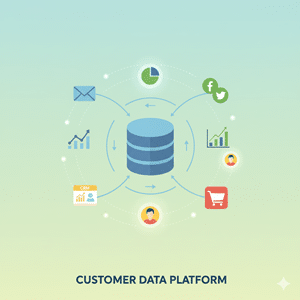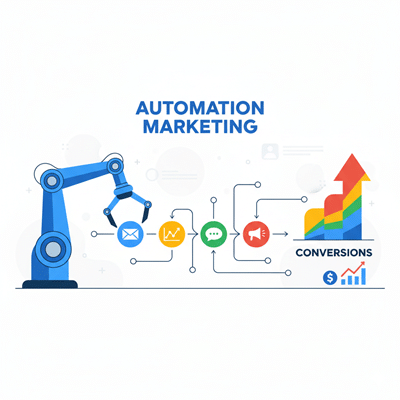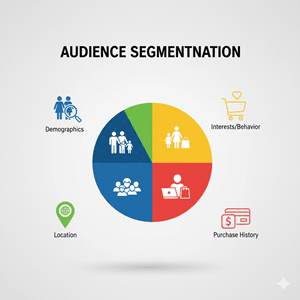What is an Attribution Model?
An attribution model is a framework in digital marketing that defines how credit for conversions—like sales, signups, or leads—is allocated to various touchpoints throughout a customer’s journey. In simpler terms, it addresses the question: Which marketing channel or interaction deserves recognition for attracting the customer?
This model is essential for assessing the effectiveness of campaigns across various channels such as paid advertising, search engine optimization, email marketing, and social media.

Why Attribution Models Matter
Understanding attribution helps you:
- Precisely distribute your marketing budget
- Enhance channels that are not meeting expectations
- Pinpoint the real factors behind conversions
- Enhance returns through intelligent resource management
- Steer clear of skewed performance evaluations
Failing to implement an effective attribution model can lead to misallocating resources, causing you to pour too much into less effective channels while undervaluing your most impactful ones.
Popular Types of Attribution Models
1. Last-Click Attribution
The final interaction before the conversion deserves all the recognition. Example: A user engages with a Facebook ad but completes the conversion later via Google Ads— Google gets full credit.
2. First-Click Attribution
The initial interaction deserves all the recognition. Ideal for: Awareness-focused campaigns.
3. Linear Attribution
Credit is allocated consistently across every interaction. Ideal for: Understanding the entire journey.
4. Time-Decay Attribution
The nearer a touchpoint is to the conversion, the greater the recognition it receives.Ideal for: Long sales cycles.
5. Position-Based (U-Shaped) Attribution
40% credit assigned to the initial and final interactions, with 20% distributed throughout the intermediate ones.Ideal for: Balanced journey evaluation.
6. Data-Driven Attribution
Employs advanced algorithms to evaluate credit by analyzing real user behavior trends. Ideal for: Advanced marketers using platforms like Google Ads or GA4.
How SEO Agency Boston Approaches Attribution
At SEO Agency Boston, we understand that tailored attribution is essential for success. Our team:
- Tailor models according to client objectives (brand recognition versus immediate conversions)
- Leverage GA4, Google Ads, and CRM systems to seamlessly integrate and analyze comprehensive funnel data.
- Develop integrated strategies guided by precise attribution insights.
- Regularly evaluate and enhance attribution pathways throughout campaigns
This guarantees that you’re not just monitoring performance, you’re comprehending it.
Key Tools That Support Attribution Modeling
- Google Analytics 4 (GA4)
- Google Ads Attribution Reports
- HubSpot & Salesforce CRM analytics
- Meta Ads Reporting
- Looker Studio for visualizing multi-channel journeys
Best Practices for Using Attribution Models
- Don’t depend only on last-click — it’s no longer effective and can lead to misconceptions.
- Evaluate various models to gain a comprehensive understanding.
- Utilize data-informed models whenever feasible to enhance precision.
- Match your model selection with the objectives of your campaign.
- Continuously revisit and enhance models as user behavior changes.
Related Terms
- Conversion Funnel
- Analytics
- Multi-Channel Attribution
- Customer Journey Mapping
- ROI (Return on Investment)
Common FAQs About Attribution Models
Your goal will determine the outcome. Initial engagement is effective for building awareness. Time decay is beneficial for extended purchasing processes. Using data for decision-making ensures precision.
Absolutely, tools such as GA4 enable comparisons among various models to inform more intelligent choices.
Not necessarily. SEO plays a crucial role early in the customer journey, yet it tends to be neglected in last-click attribution models.

Give Credit Where It’s Due — And Make Smarter Marketing Moves
Looking to gain insights into what’s truly effective in your marketing funnel? Allow SEO Agency Boston to assist you in developing a precise attribution strategy, grounded in transparency, not uncertainty.






